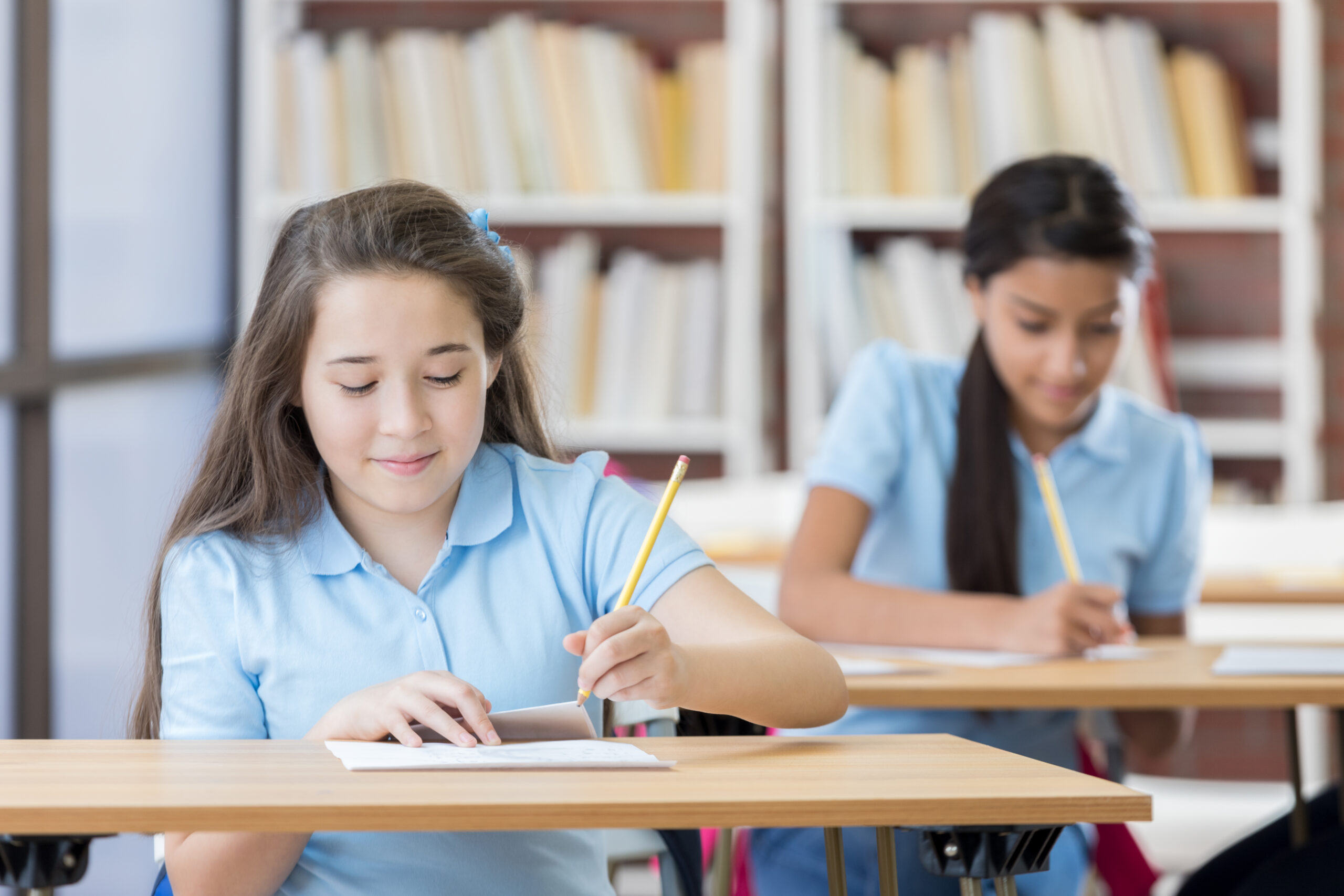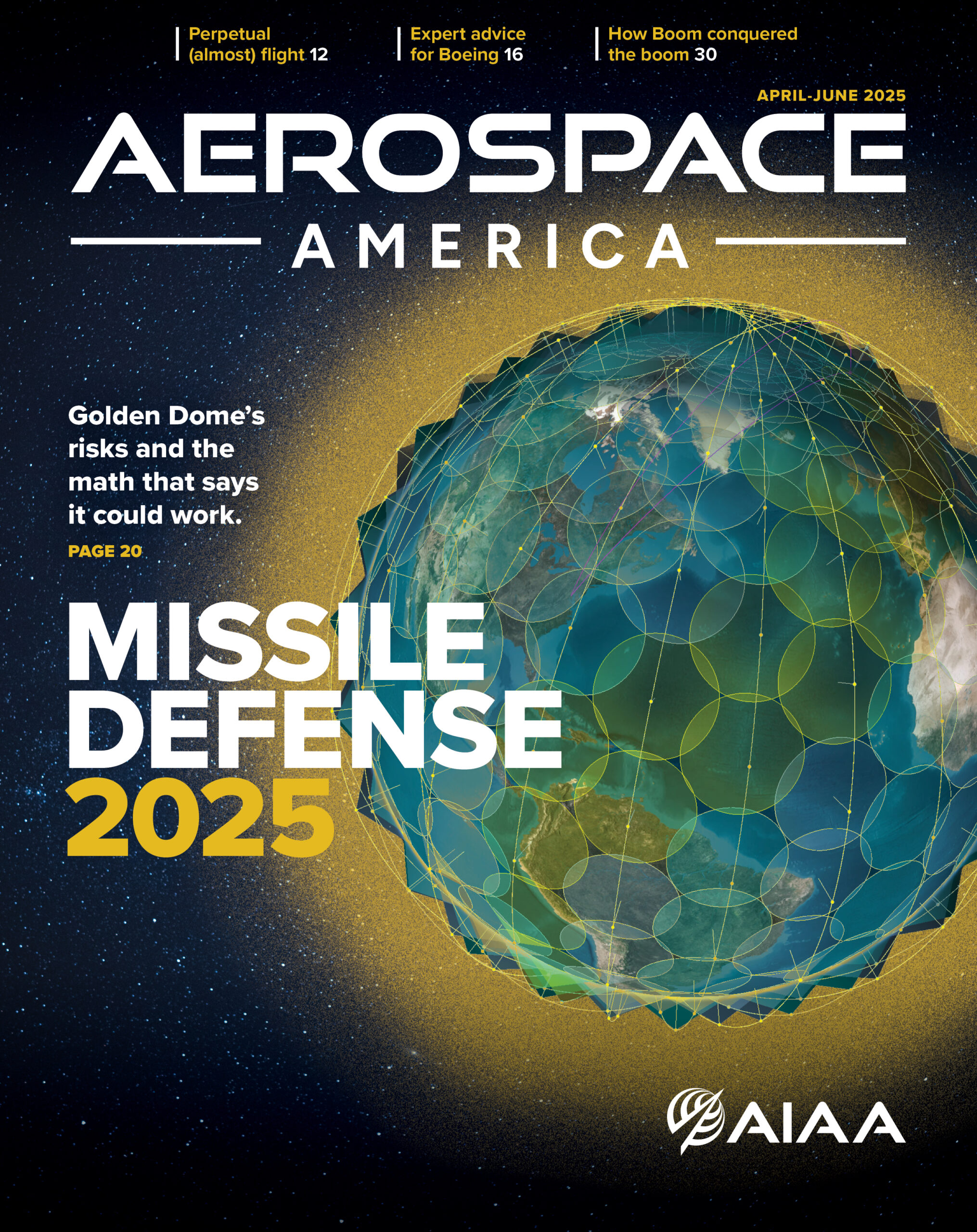Space Debris, The Risks It Poses, and the Innovative Solutions to Shape a Safer Future in Space
We are excited to announce the winners of this year’s Space Systems Technical Committee Student Essay Contest. Middle school students tackled one of the most pressing challenges facing our planet from above: the rapidly growing population of objects in Earth orbit. With the theme “Explore the growing population of objects in Earth orbit, identifying contributing causes, consequences, traffic management implications, mitigation approaches, and prospects for the future,” young minds from across the country demonstrated exceptional curiosity, creativity, and critical thinking. Their essays explored how space debris is formed, the risks it poses to satellites and astronauts, and the innovative solutions that could shape a safer future in space.
The contest drew seventh and eighth grade participants from 11 AIAA sections around the United States, each sponsoring local contests and submitting the winning essays to the national contest. SSTC continues to advance the committee’s commitment to directly inspire students and to partner with local sections in educational pursuits.
The first-, second-, and third-place national contest winners in each grade were awarded $125, $75, and $50 prizes, respectively. The six students also received a one-year student membership with AIAA.
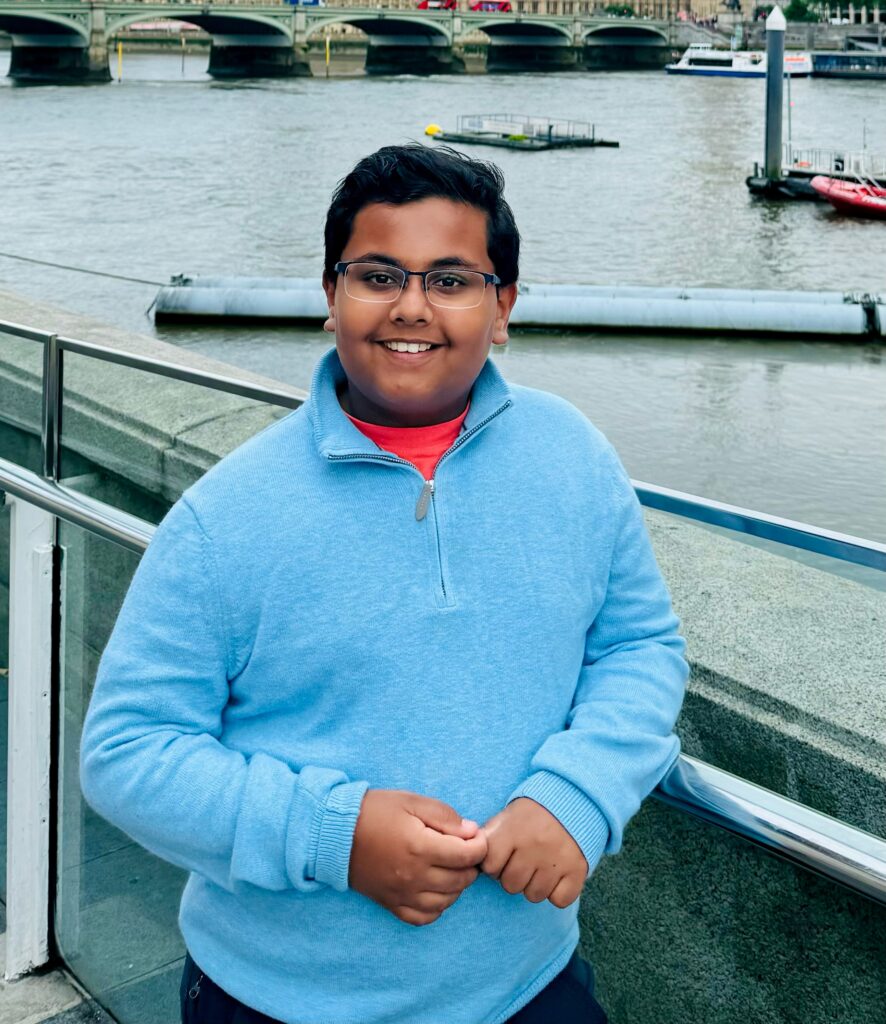
The first-place winner in Grade 7 was Kamran Tavakol from the Palm Beach Section. As our sole international participant, Kamran’s involvement is a reminder that space sustainability is a shared responsibility and global priority. While noting that deorbiting satellites is a responsible end-of-life protocol, he advised caution based on the potential harmful effects of gases released during burnup in the atmosphere. His essay also discussed advanced predictive modeling for collision prediction and called for stricter regulations on satellite launches, decommissioning, and operational strategies.
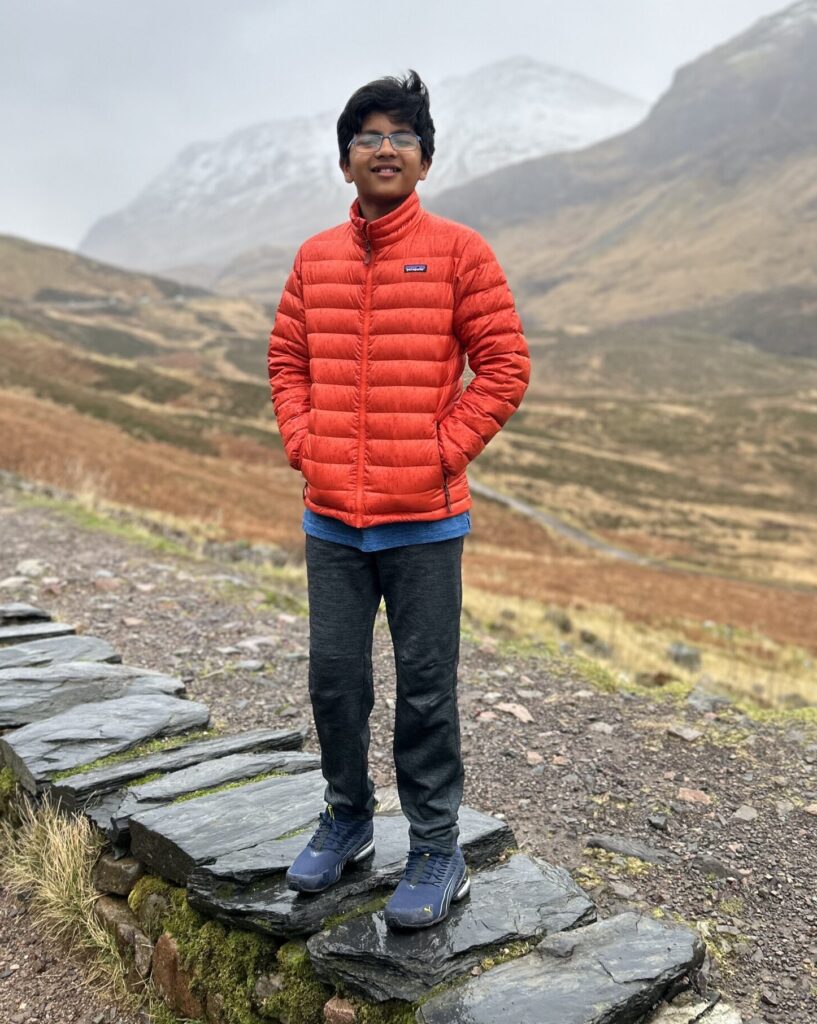
The second-place winner was Vedanth Bharadwaj from San Francisco. By setting his essay in the 22nd century with a grim forecast, Vedanth encouraged readers to view the current situation from a different perspective. This highlighted the dire consequences of neglecting the growing crisis and prompted urgency in finding novel solutions. He also proposed a laser-equipped, cube-shaped spacecraft with protective shielding that orbits Earth and destroys intermediate-sized space debris using a laser force field.
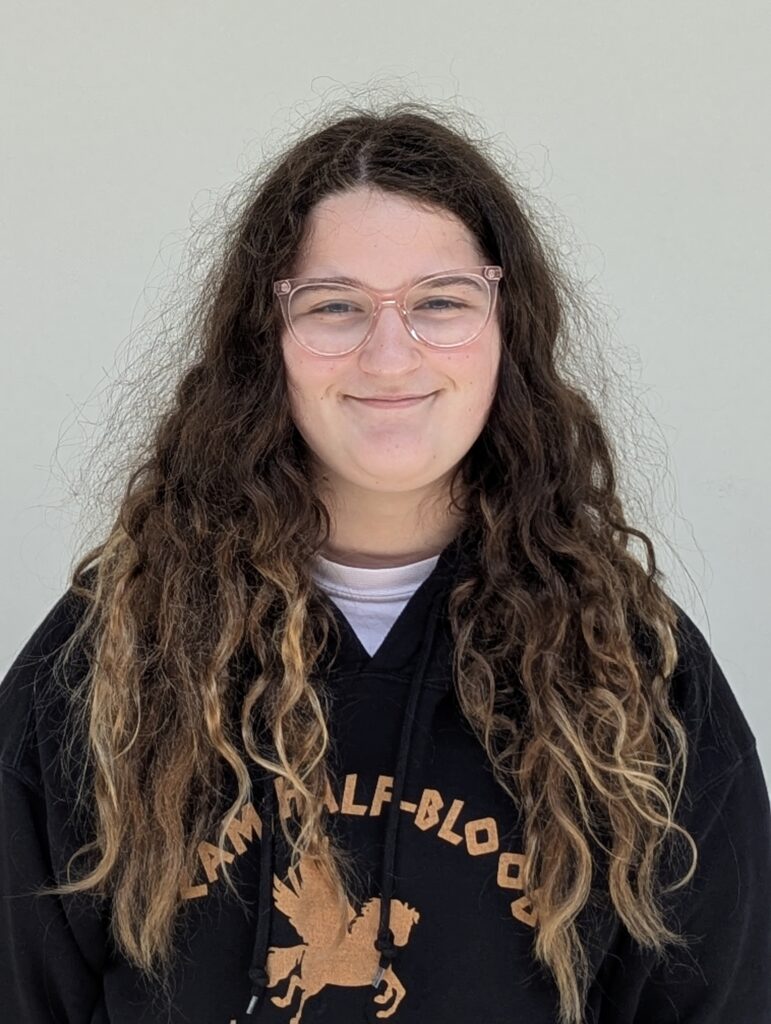
Third-place winner Victoria Baclar from Central Florida highlighted the vital role satellites play in modern life before cautioning against further overcrowding of near Earth orbit. She proposed smarter satellite designs and cleanup technologies like robotic arms, while recognizing that international cooperation is needed to move the needle on this issue.
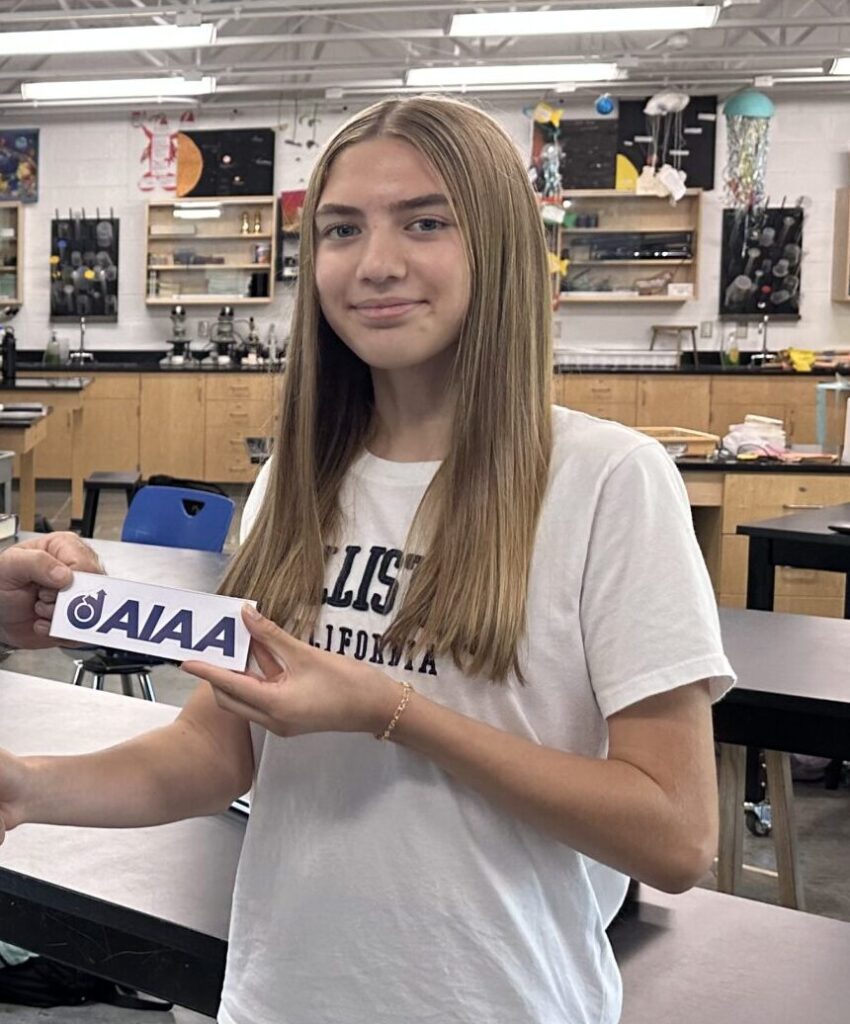
In the Grade 8 category, National Capital Section’s Sophie Drury won first place. Her essay stood out by proposing a mix of innovative and economically driven solutions to space debris. In addition to proposing advanced technical solutions like laser nudges, her essay also framed cleanup as both a safety necessity and a trillion-dollar opportunity through salvaging debris and taxing satellite launches.
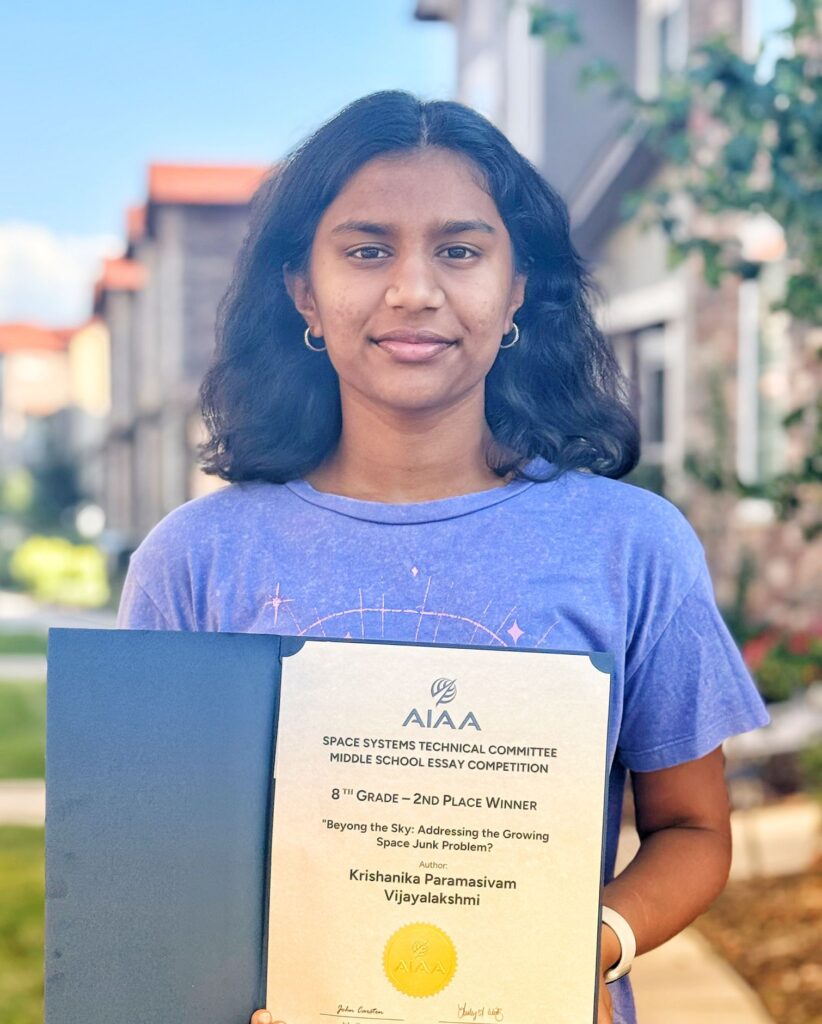
Krishanika Paramasivam Vijayalakshmi from the Rocky Mountain Section won second place. Her essay introduced novel, creative concepts such as organizing orbital zones into space corridors to ease congestion and launching reusable Resolve Stations – platforms designed to service satellites and gather debris for repurposing. It also stressed the importance of certain policies to regulate satellite launches and ensure responsible disposal, safeguarding Earth’s orbit for future endeavors.
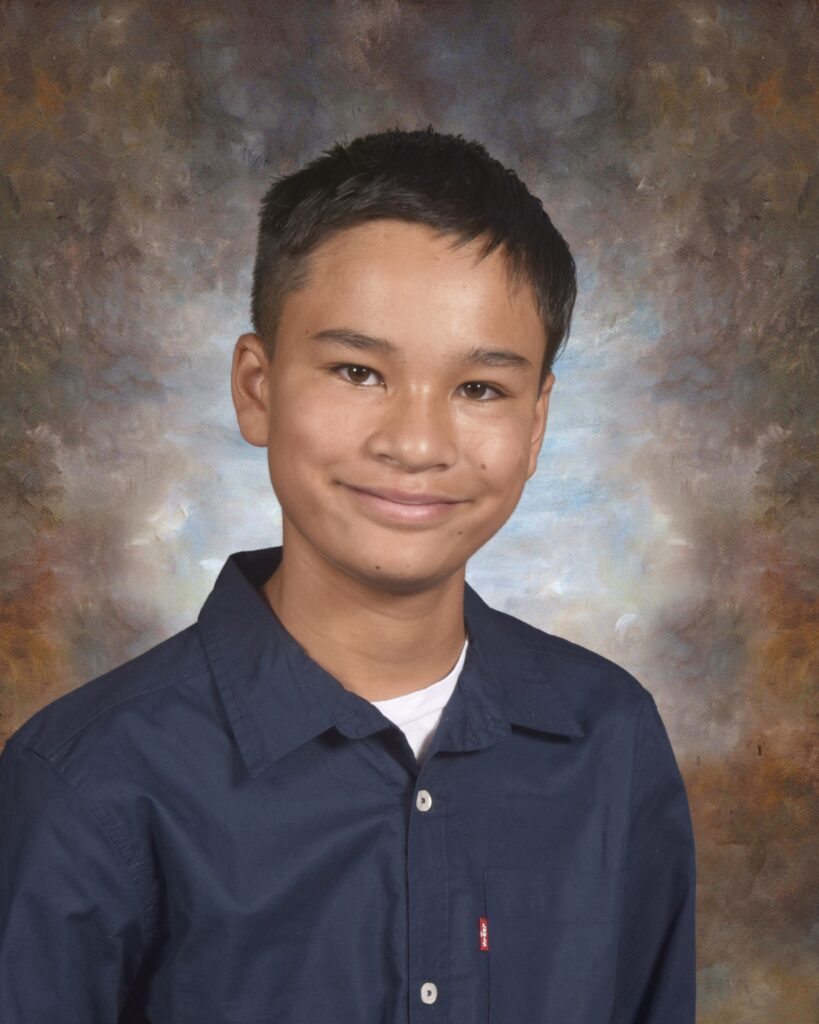
In third place was Christian Anderson from the Central Coast of California. By encouraging us to reflect on the lasting impact of past orbital collisions, he underscored the critical need for international collaboration to mitigate space debris and safeguard spacecraft functionality. He also advocated advanced remediation technologies, including magnetic capture systems and electro-dynamic tethers, to actively deorbit debris and maintain orbital sustainability.
Overall, participants submitted thoughtful and compelling essays, with the winners distinguishing themselves through the originality of their perspectives and the strength of their ideas. Join us in celebrating the voices of the next generation of scientists, engineers, and policymakers!
If you, your school, or section is interested in participating in the 2026 contest, please contact SSTC organizers Smrithi Keerthivarman ([email protected]), Oliver Jia-Richards ([email protected]) for more details.


